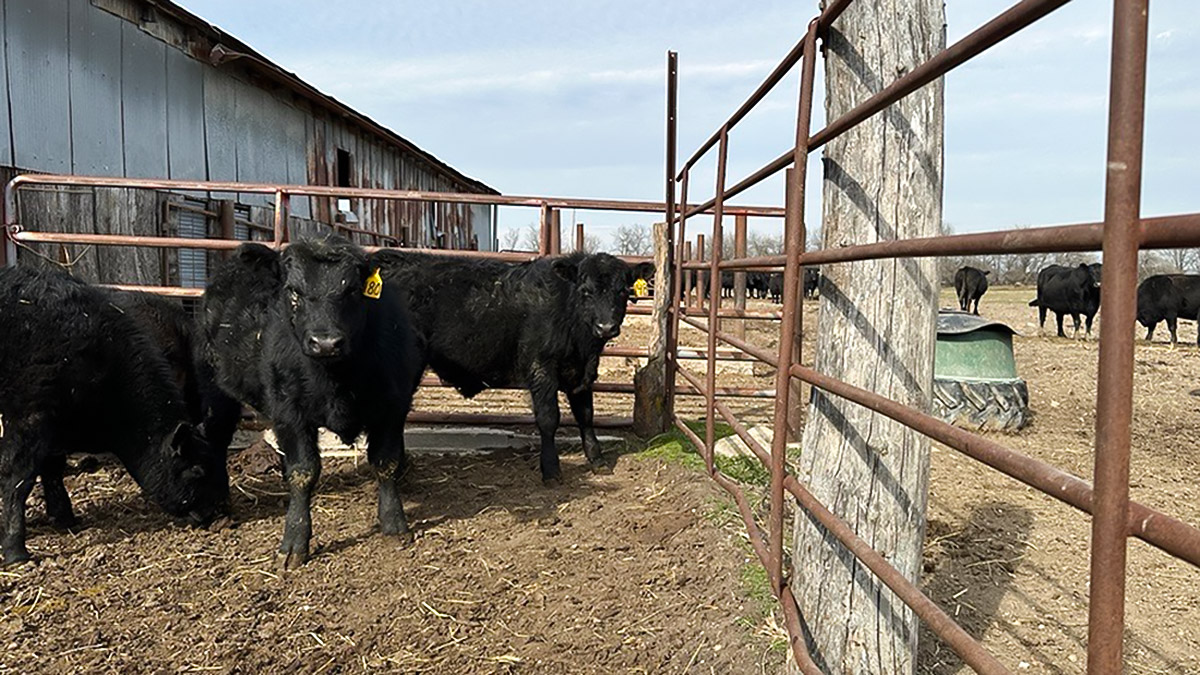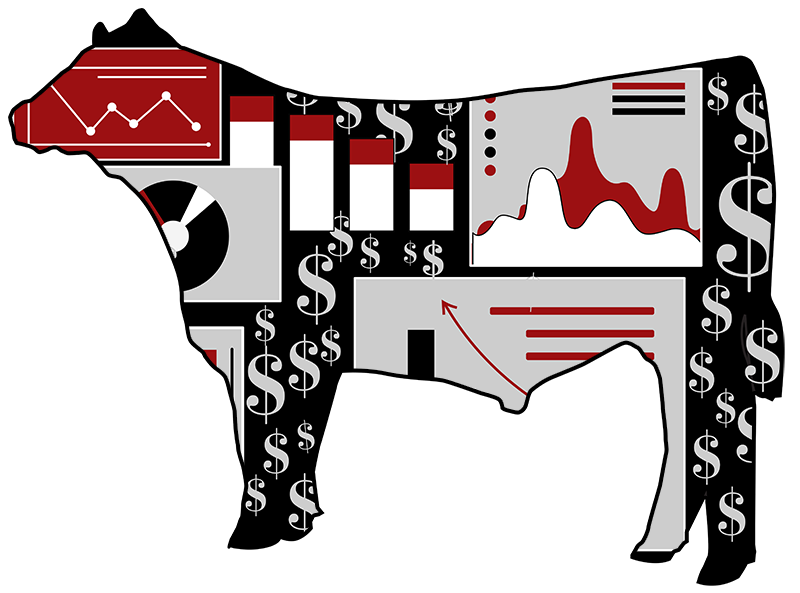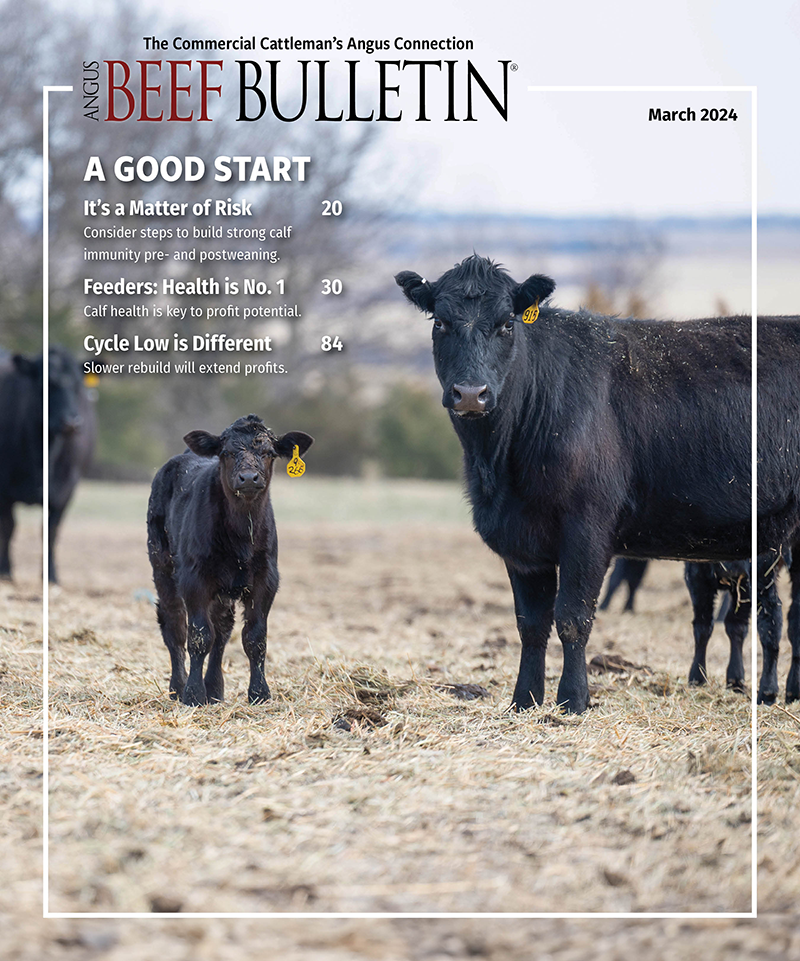Marketing Bulls as Feeder Calves?
The market will charge you for it.
An important aspect of the Oklahoma Quality Beef Network (OQBN) is detailed data collection on OQBN sale dates for both OQBN and non-OQBN cattle. One thing the data are telling us is that more lots of uncastrated males have come through the sale ring as of late.
The Link
Times are changing.
by Troy Marshall, American Angus Association
Change is nothing new to cattlemen. It seems like every other cattle meeting I attend is talking about changes that have occurred, are occurring or need to change. It is the nature of our business with weather; the cattle markets; and an ever-changing, all-encompassing environment. If you aren’t willing to adapt, you will soon get left behind.
USDA Drops Report, Industry Reacts
NASS discontinues select 2024 data collection programs and reports.
The USDA’s National Agricultural Statistics Service (NASS) announced April 9 that it is canceling the July Cattle report and discontinuing the Cotton Objective Yield Survey, as well as all County Estimates for Crops and Livestock beginning with the 2024 production year.
April 3, 2024 | Vol. 16 : No. 4-B
Don’t Leave Money on the Table
Even with calf prices at an all-time high, producers need to take advantage of ways to add value.
With calf prices high, now is not the time to let up on management practices that add value to calves, says Derrell Peel. The extension livestock marketing specialist for Oklahoma State University took note last fall of the increasing number of bull calves coming to market that were not castrated — an indication producers weren’t making the effort to do the “normal” things to prepare calves for sale.
Market Closeout
It’s going to be a wild ride.
The cattle market appeared to be on a pretty predictable course. We had seen fed cattle, feeders, calves, and cull cows and bulls hit all-time historical highs. Record prices in and of themselves brought pretty positive news. But all of that had occurred more out of anticipation than truly tighter supplies. The supply of cattle outside of feedyards is historically tight and is expected to remain so, but fed-cattle marketings are just beginning to tighten up.
In The Cattle Markets
Large placements and more on feed
The USDA Cattle on Feed report released March 22 was largely as expected. Placements were a little higher than pre-report estimates anticipated. Marketings met expectations, up 3.4% from last year with one more workday in February this year. That left 1.3% more cattle on feed than March 1, 2023.






